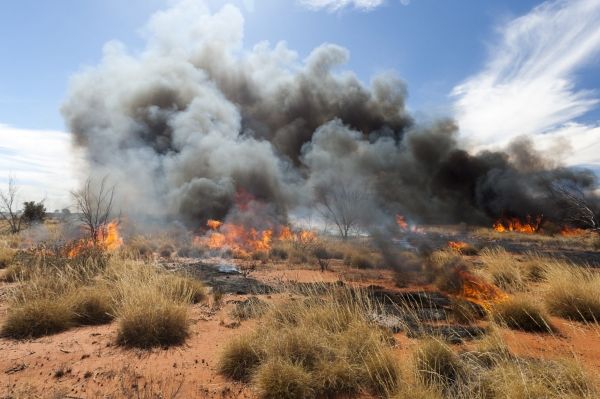A new study on biomass-burning aerosols that includes a Texas A&M University professor has shown that smoke from wildfires has more of a cooling effect on the climate system than most climate models assume.
Xiaohong Liu, professor in the Department of Atmospheric Sciences at Texas A&M, served as corresponding author of the research, which was recently published in Nature Communications.
When wildfires burn forests and grasslands, biomass-burning aerosols are produced, forming smoke clouds. The composition, size and mixing state of biomass-burning aerosols determine the optical properties of the smoke plumes in the atmosphere, and those properties determine how much the smoke clouds absorb and scatter the solar radiation. The researchers compared climate models’ predictions to large amounts of wildfire data collected in field sites around the world as well in laboratory experiments, and they found major differences.
Continue reading at Texas A&M University
Image via Texas A&M University


